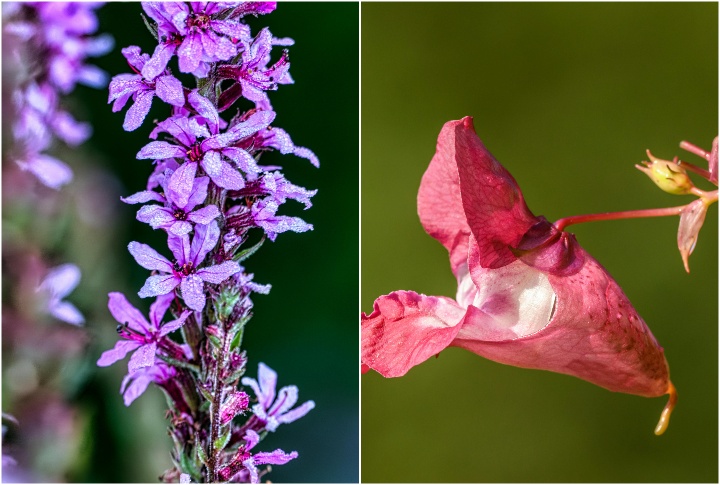
Flowers and “showy” plants can add so much beauty to any garden, but some can cause more harm than good. While they may look pretty, these plants can be invasive, toxic, or just plain troublesome. So, let’s take a closer look at 15 plants that may look appealing but might not be the best fit for your yard.
Kudzu
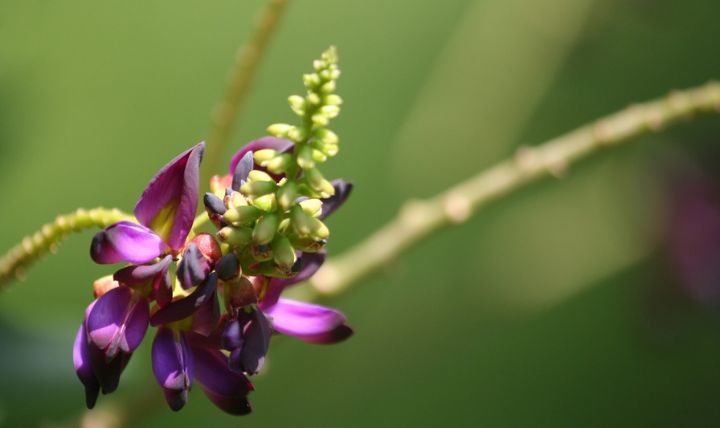
This fast-growing vine can take over your yard in no time. Kudzu spreads quickly, climbing trees and smothering other plants. It’s tough to get rid of once it takes hold. Native to Asia, this plant was brought to the US for erosion control but has since become a major problem in many areas.
Japanese Knotweed
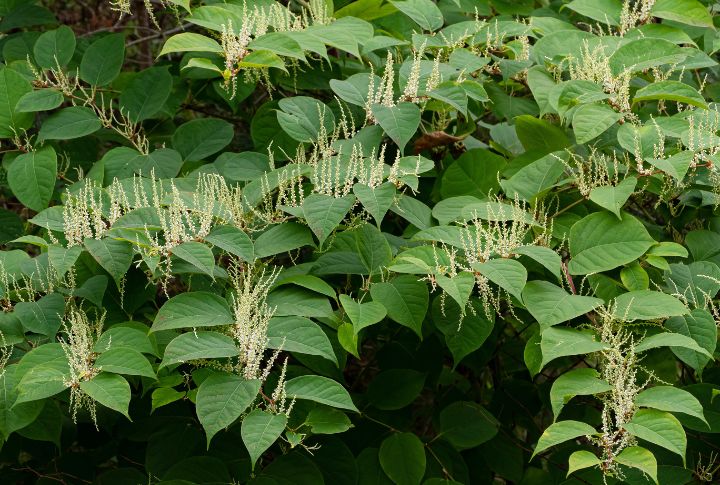
Japanese Knotweed is a superinvasive plant that can damage foundations, driveways, and walls. It’s incredibly hard to remove, often requiring professional help. This plant can grow through concrete and spread rapidly, making it a homeowner’s nightmare. If left unattended, this can cause more critical damage.
Purple Loosestrife
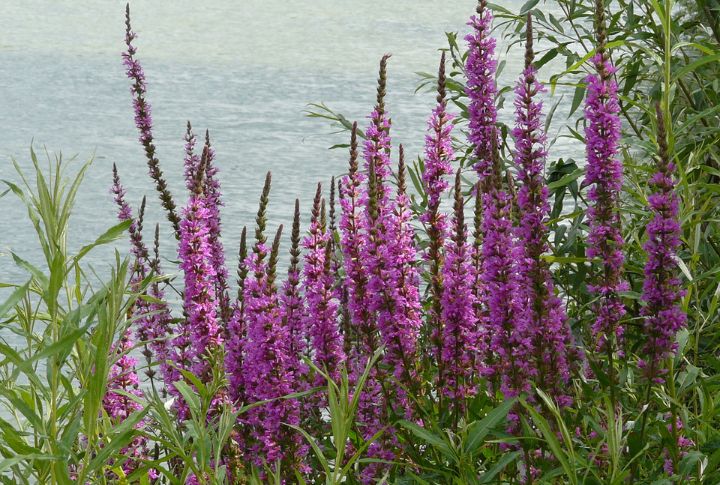
While it may look pretty with its purple flower spikes, Purple Loosestrife is terrible news for wetlands. It takes over native plants and disrupts ecosystems. This plant produces millions of seeds yearly, making it hard to control. Once in your yard, it can spread to nearby water sources.
English Ivy

With its leaves toxic and sap to humans and pets, English Ivy isn’t the best around the house. This climbing vine might seem charming but can be a real pain. English ivy can damage walls, fences, and trees as it grows. Also, this plant is tough to get rid of.
Himalayan Balsam
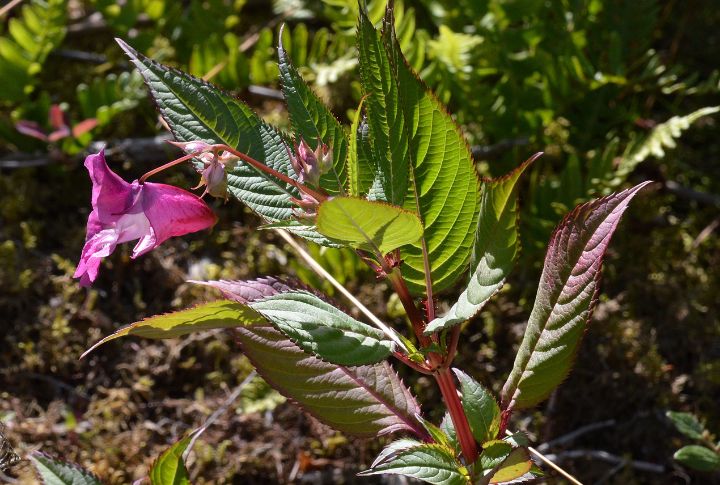
At first glance, Himalayan Balsam will surely win you with its pink orchid-like flowers and sweet fragrance. But this tall annual plant is a wolf in sheep’s clothing. Native to the Himalayas, it’s become a major headache. The plant grows incredibly fast, often reaching heights of 6-10 feet in a single season.
Poison Hemlock
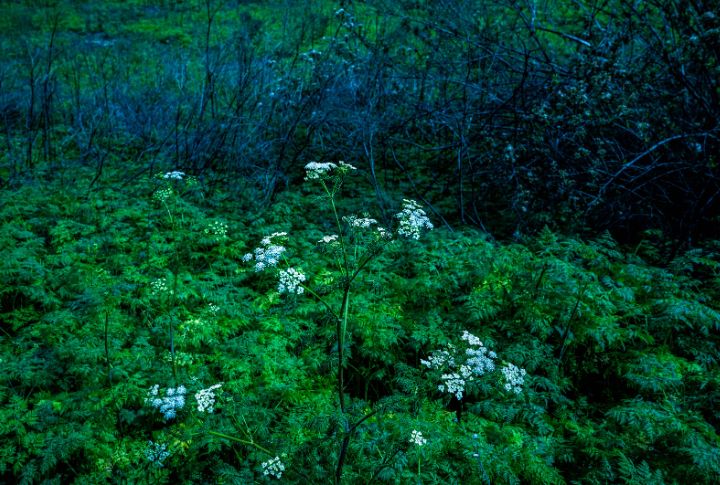
This plant packs a deadly punch. Every part of poison hemlock is toxic, causing severe illness or even death if ingested. It often grows in damp areas and can be mistaken for harmless plants like Queen Anne’s lace. Watch for its fern-like leaves and purple-spotted stems to avoid this dangerous lookalike.
Bamboo

Think twice before adding bamboo to your yard because this fast-growing grass can become a nightmare. As its underground roots spread aggressively, new shoots emerge where you least expect them. Before you know it, you’ll be fighting a losing battle against this persistent plant.
Trumpet Vine
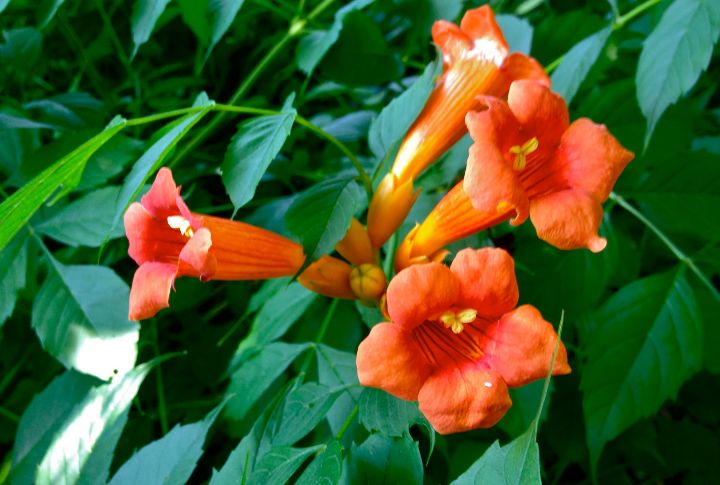
Trumpet vine flaunts showy orange flowers, but beware of its aggressive nature. This tenacious climber scales trees, houses, and anything in its path. Its vigorous growth can damage structures, while its invasive roots affect foundations and pipes. Even after cutting it down, new shoots sprout from tiny root fragments.
Morning Glory
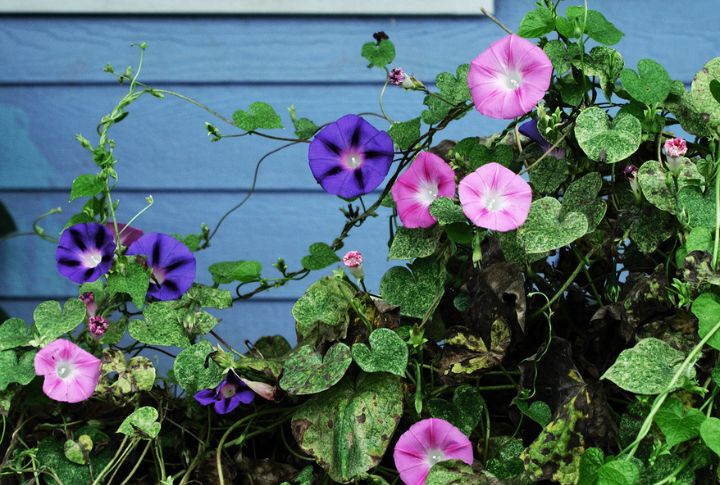
Sure, those colorful blooms look pretty, but Morning Glory can be a real pest. It reseeds like crazy and can take over your entire garden if you’re not careful. In some cases, its vines can choke out other plants due to how tightly they wrap around them. Plus, some varieties are considered noxious weeds.
Yellow Flag Iris

Yellow flag iris thrives in wet areas and is a troublemaker in disguise. This water-loving plant spreads aggressively, muscling out native species in wetlands and along shores. Its dense root system makes removal a real challenge. Be cautious when handling it, too – the sap can irritate your skin.
Creeping Charlie
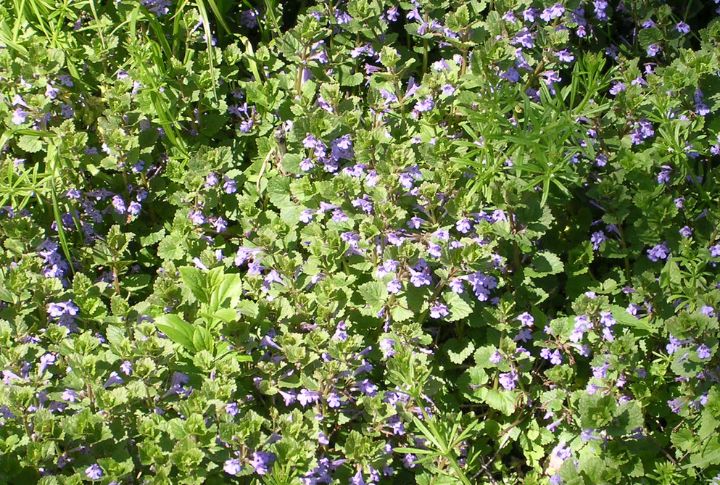
Tough and resilient, Creeping Charlie laughs in the face of most weed killers. Once it takes hold, you’re in for a long, frustrating battle. Its tiny purple flowers might look stunning, but this plant is a nightmare for gardeners. It can choke out grass and other plants. Even worse, it’s resistant to many common weed killers.
Giant Hogweed
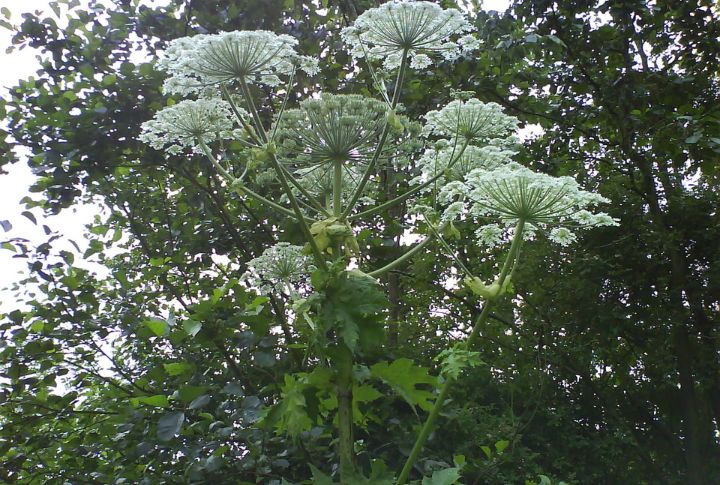
Steer clear of this monster and call professionals if you spot it. This plant is no joke, as the Giant Hogweed can get as high as 14 feet tall. Also, its sap is seriously dangerous. Getting it on your skin and exposure to sunlight can cause you burns and blisters.
Privet
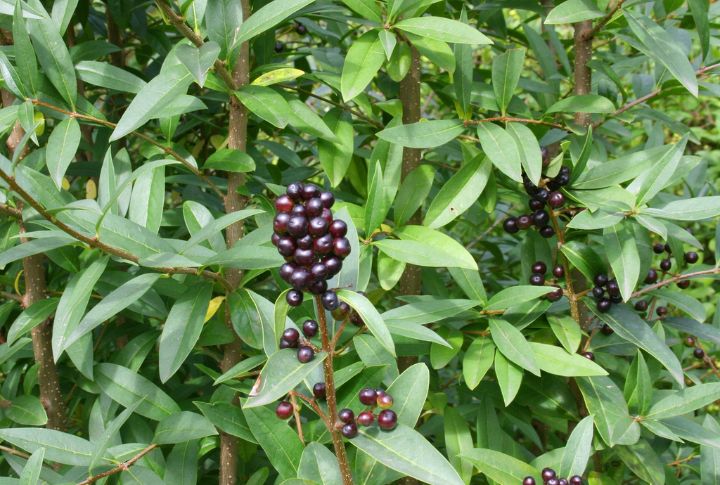
Privet hedges seem like a good idea for privacy, but they have many problems. These fast-growing shrubs produce loads of berries that birds spread far and wide. Before you know it, privet seedlings pop up everywhere. They’re also thirsty plants that can outcompete native species for water and nutrients.
Water Hyacinth
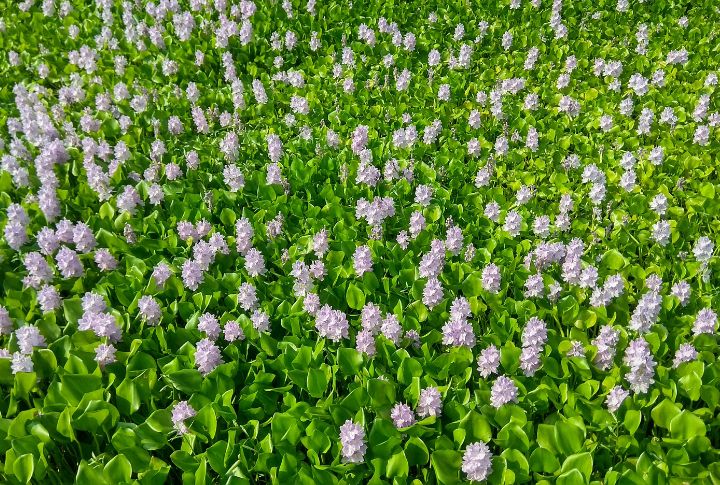
Got a pond? Keep Water Hyacinth out of it. This floating plant with pretty purple flowers can double its population in just two weeks. It forms thick mats on the water surface, blocking light and depleting oxygen levels. It can harm fish and other aquatic life. Also, once it’s established, it’s nearly impossible to get rid of.
Oleander
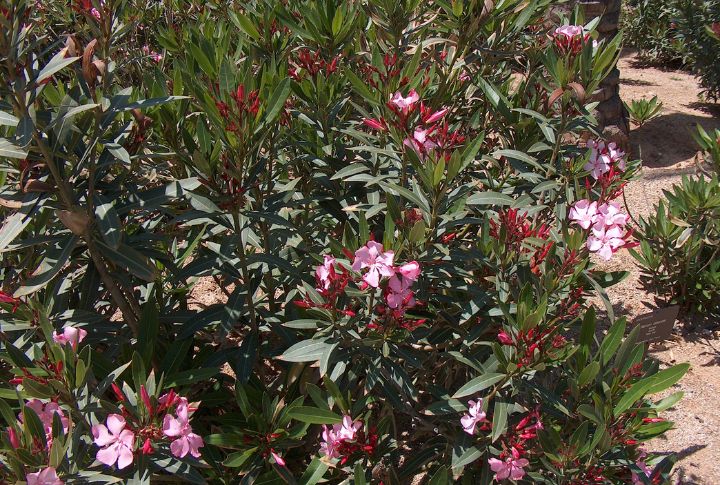
If you have kids or pets, it’s best to avoid this plant altogether. Because, the risk of having Oleander in your garden simply isn’t worth it. Every part of this plant is toxic, and it contains compounds that can cause heart problems if ingested. Even burning Oleander releases these toxins into the air.


Comments
Loading…